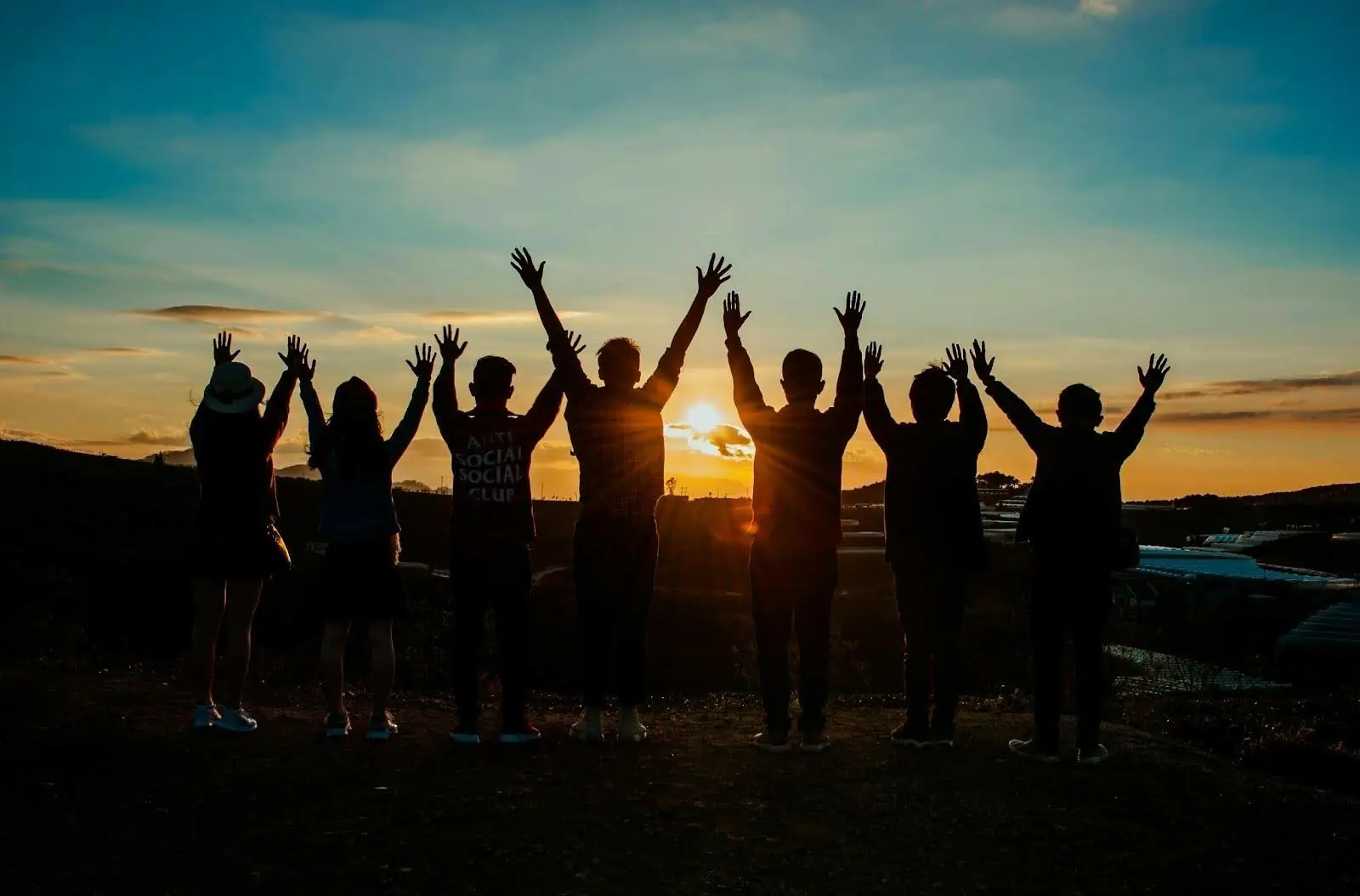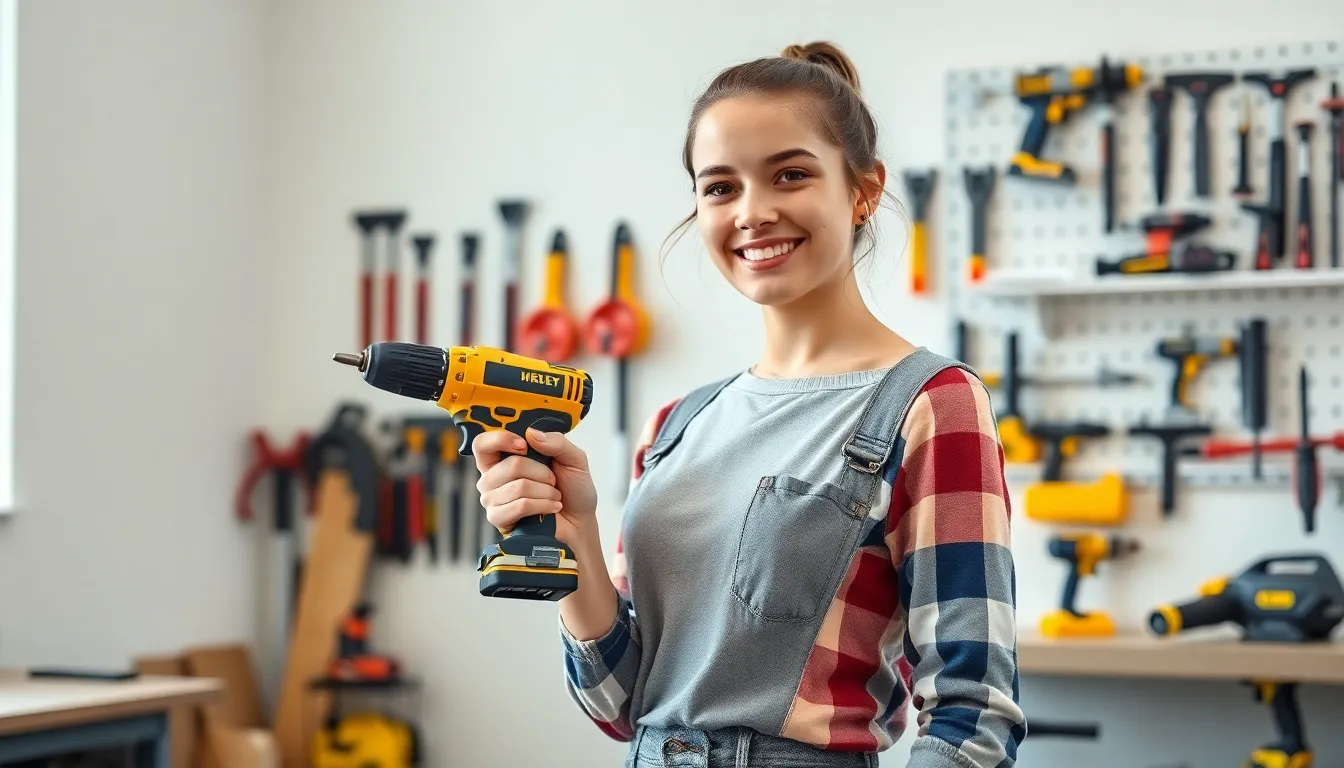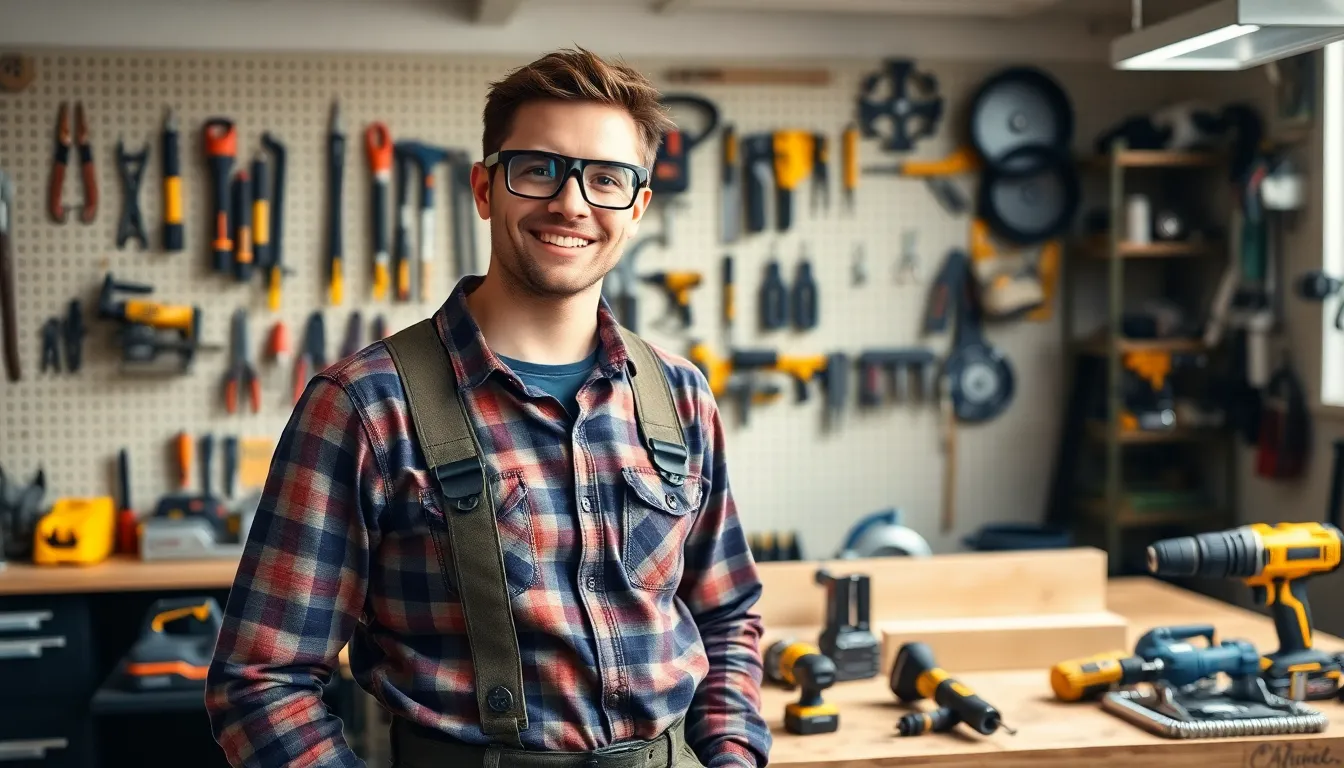In a time of unprecedented digital interconnection, many neighborhoods are merely sets of strangers living in proximity to one another rather than real communities. The practice of patch-working strong community networks together has been nudged from view by busy schedules, technology and shifting cultural tides. But studies reveal that strong community connections promote mental health, bolster property values, reduce local crime, and create support networks that serve everyone. Birthing back the lost art of community doesn’t take massive effort—it just takes intention and real human connection.
The Foundation of Community Connection
Neighbors feel comfortable around one another when they have routine, pleasant interactions. Easy practices like greeting your neighbors, keeping outdoor space well-maintained and showing genuine care about others’ health build the foundation for more profound relationships.
Trust is built over time through safe, reliable experiences. When neighbors know they can count on each other for help during errands or emergencies, the whole community becomes more resilient.
Practical Community Building Strategies
Developing neighborhood intention may take effort, but these ideas shouldn’t break the bank:
- Host informal gatherings: Casual front-yard barbecues or morning coffees break down barriers to connection
- Plan skill-exchange nights: Neighbors teaching cooking, gardening or repair skills to one another
- Build shared spaces: Community gardens, little free libraries and neighborhood message boards
- Create online platforms: Group chats to keep neighbors in touch
- Mark milestones: Block parties, holiday celebrations and achievement check-ins
- Support local businesses: Keeps money in the community and creates gathering spaces
Even small social activities that bring people together, such as a friendly tongits game in somebody’s backyard, can help dismantle social barriers and build lifelong friendships between people who might never bond otherwise.

Overcoming Modern Barriers
Today’s challenges include busy schedules, social media replacing face-to-face relationships and cultural divides causing misunderstandings. Attack these obstacles by beginning small and sticking to it. Not everybody believes right away, but consistent presence gains momentum.
Center on activities that invite all to participate, regardless of age, background, or interests. You can break down linguistic barriers through activities that don’t require much talking. Differences become opportunities for learning and growth when approached with curiosity rather than judgment.
Wrapping Up
Building stronger neighborhoods isn’t about recreating some vaunted golden age; it’s about translating community building principles for modern life. Strong communities require people making small steps toward connection and mutual support. The benefits go deeper than personal relationships—they lead to safer, more resilient and more enjoyable places to live. Every neighborhood is capable of stronger community connections—it just takes someone taking the first step. The community you work to build will have ripple effects that improve the entire neighborhood for years to come.



